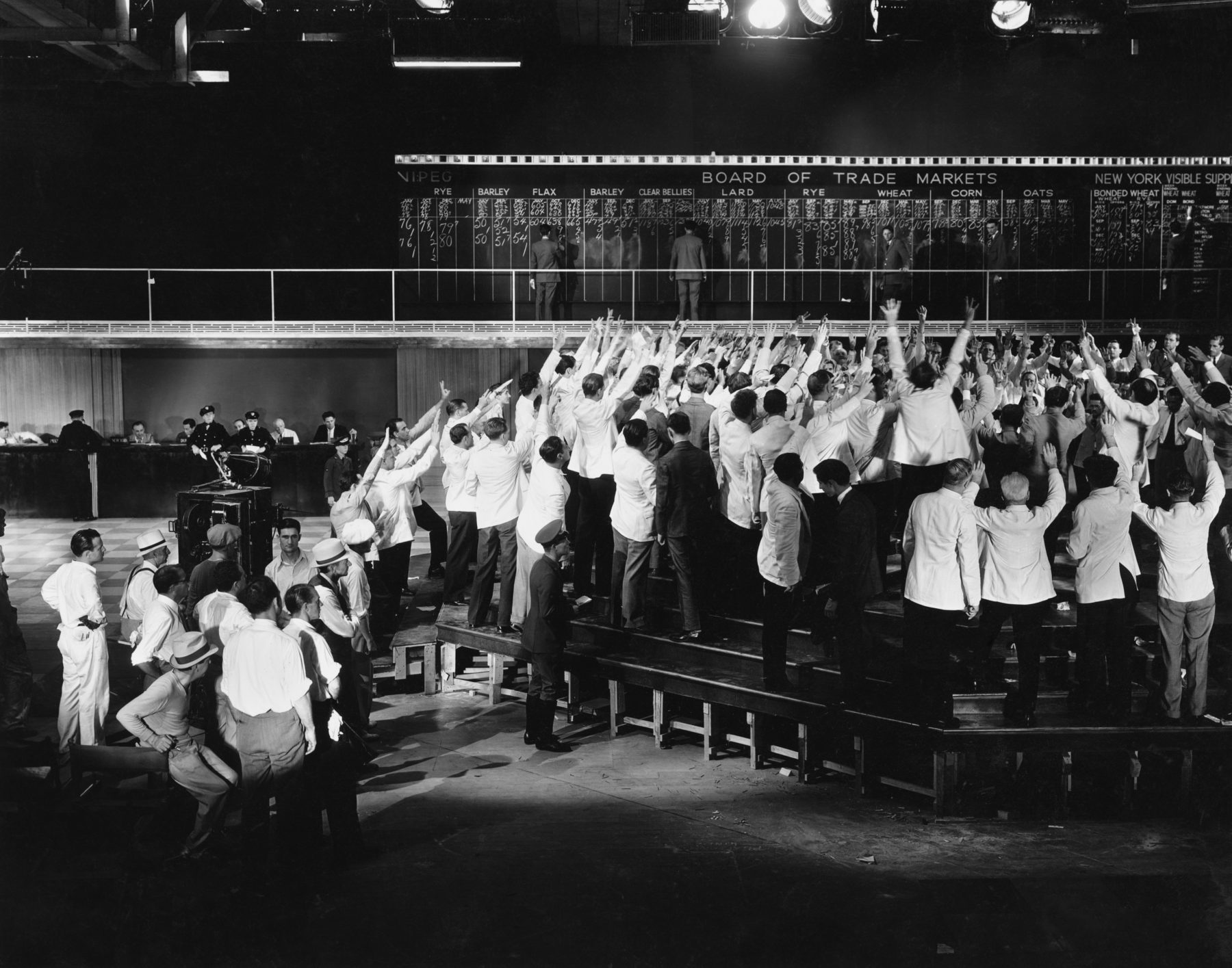So, you’ve got your eyes set on the vast and thrilling world of options trading, eh? But now, you’re scratching your head, wondering what kind of options to dabble in. Should it be equity options? Nah, too vanilla. What about futures options? Ah yes, the rockstars of the options universe! 🌌
Today, we’re diving deep into the differences between futures options and equity options. And oh boy, we have a special treat! We’ll be shining a spotlight on the under-the-radar superstars—Micro Stock Index Futures, particularly MES (E-mini S&P 500) and MNQ (Micro E-mini Nasdaq-100). Why? Because they are the cool kids in town, and they’ve got some neat tricks up their sleeves.
🎭 The Drama of Equity vs. Futures Options:
Equity options are the Taylor Swift of the trading world—popular, always in the spotlight, and they’ve been around for a while. They give you the right, but not the obligation, to buy or sell an underlying stock. They’re like your reliable old sneakers—comfortable but kinda basic.
On the other side, futures options are like the indie bands you discover at a music festival. These are the options that give you the right, but not the obligation, to enter into a single futures contract. The key is the leverage. Futures options represent only one of the underlying contract, not 100 shares which is the case for equity options. So yeah, options on futures are edgier, offer better leverage, and, let’s be honest, they’re just cooler.
🌊 Riding the Leverage Wave:
When it comes to leverage, futures options can be a tsunami while equity options are more like gentle ripples. With futures options, you control a larger contract size with a smaller amount of capital. You’re basically trading on steroids, but like, the legal kind.
🕶️ The Flex Factor:
Equity options can be a bit stiff. You can only trade them during regular market hours. Futures options, on the other hand, have way more flexible trading hours. Because who said the action has to stop when Wall Street clocks out? With futures options, especially the MES and MNQ, you can keep the party going almost 24/5!
🎉 Meet the Underlying Celebs: MES & MNQ
Alright, time for the crème de la crème. Let’s talk MES and MNQ. These micro stock index futures are like the scrappy, energetic newbies on the trading scene. With these micro-sized contracts, you can get exposure to equity indexes without the heavy commitment.
- MES (Micro E-mini S&P 500) – Think of this as the gateway drug to S&P 500 futures trading. With its smaller contract size, it’s more accessible for individual traders. MES is perfect if you’re looking to tip-toe into the index futures pool.
- MNQ (Micro E-mini Nasdaq-100) – If you’re a techie at heart, MNQ offers a bite-sized entry into trading the Nasdaq-100 index. It’s like dating a Silicon Valley whiz-kid, minus the pretentious lingo.
So, there you have it, my fellow speculators! The stage is set, and now it’s your turn to shine. Futures options, particularly MES and MNQ, offer the excitement, leverage, and flexibility that you’ve been yearning for.
And hey, don’t forget to check back soon because we’ve got another treat coming your way. Our next article will spill the tea on the best brokers for trading futures options. Trust me, you won’t want to miss that insider scoop! 🕵️♂️
Until next time, keep your options open and your trades adventurous! 🌠
Over-The-Shoulder Experience:
👀 Peek over my shoulder and trade like a pro! Join our live futures trading room for a no-strings-attached 2-week trial. Show Me How!
Commodity Futures Trading Commission. Futures and Options trading has large potential rewards, but also large potential risk. You must be aware of the risks and be willing to accept them in order to invest in the futures and options markets. Don’t trade with money you can’t afford to lose. This is neither a solicitation nor an offer to Buy/Sell futures or options. No representation is being made that any account will or is likely to achieve profits or losses similar to those discussed on this web site. The past performance of any trading system or methodology is not necessarily indicative of future results.
CFTC RULE 4.41 – HYPOTHETICAL OR SIMULATED PERFORMANCE RESULTS HAVE CERTAIN LIMITATIONS. UNLIKE AN ACTUAL PERFORMANCE RECORD, SIMULATED RESULTS DO NOT REPRESENT ACTUAL TRADING. ALSO, SINCE THE TRADES HAVE NOT BEEN EXECUTED, THE RESULTS MAY HAVE UNDER-OR-OVER COMPENSATED FOR THE IMPACT, IF ANY, OF CERTAIN MARKET FACTORS, SUCH AS LACK OF LIQUIDITY. SIMULATED TRADING PROGRAMS IN GENERAL ARE ALSO SUBJECT TO THE FACT THAT THEY ARE DESIGNED WITH THE BENEFIT OF HINDSIGHT. NO REPRESENTATION IS BEING MADE THAT ANY ACCOUNT WILL OR IS LIKELY TO ACHIEVE PROFIT OR LOSSES SIMILAR TO THOSE SHOWN.



About The Author: Roderick Casilli
Pusher of buttons, guitar hack, occasional smart-ass.
More posts by Roderick Casilli